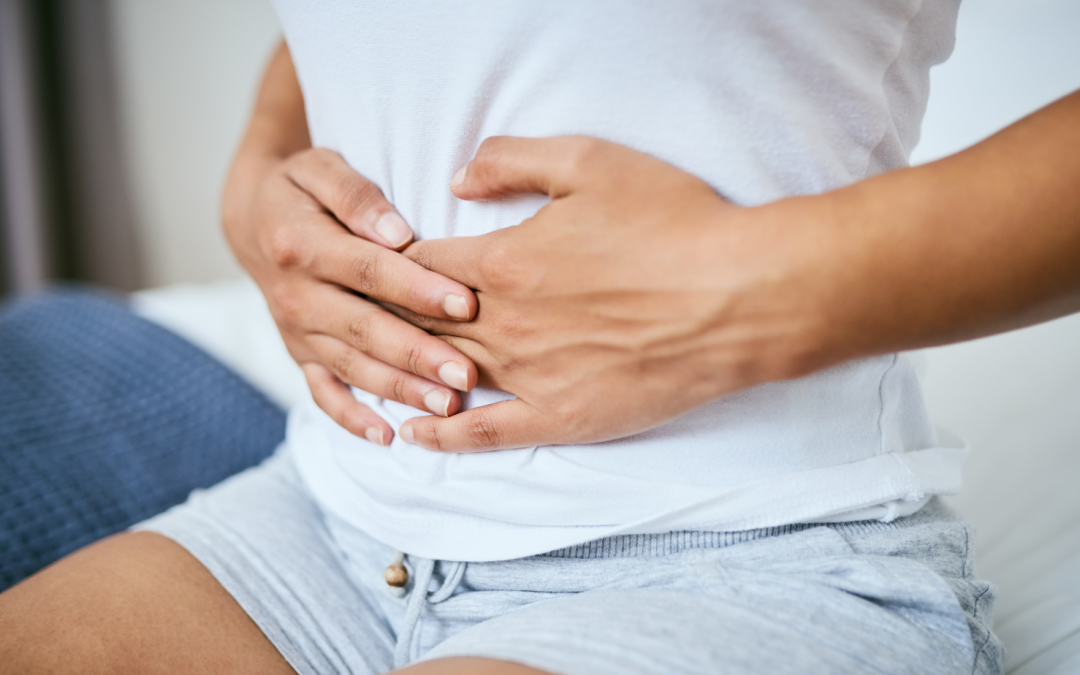Dysmenorrhoea can be described as severe period pelvic pain that interferes with normal daily activities. It causes stress and pain as well as nausea, vomiting, dizziness, diarrhea and headaches. However, no woman should continually feel this way whenever they get their period.
Osteopathy is a manual holistic modality that takes into account one’s mind, body, and spirit. Studies have shown that a client who suffers from dysmenorrhea and has received Osteopathy treatments, feels a decrease in some of the symptoms associated with dysmenorrhea over time.
What is Dysmenorrhea?
The cause of pain during the menstrual cycle is thought to be due to pelvic congestion, caused by constriction of blood supply to tissue of the endometrium when muscles of the uterus contract. Women with primary dysmenorrhoea often have increased frequencies and contractility of uterine muscles.
This combination leads to the rigorous pain that women feel during their menstrual cycle.
Is There a Specific Age for Dysmenorrhea?
Primary dysmenorrhoea occurs in young women with no pelvic abnormality. A study of 1000 girls aged 16 to 18 years in Canberra found that 21% of the girls had severe pain with periods and 26% had missed school because of menstrual pain.
When approaching menopause later on in life, dysmenorrhea is often common as well.
How Can Osteopathy Help?
An Osteopath can help improve blood flow to the uterus by ensuring the diaphragm muscle is functioning optimally. The diaphragm plays a key role in proper arterial and venous function in the body, and is also responsible for the mobility of pelvic organs associated with inhalation and exhalation.
Osteopathic treatment focuses on improving lymphatic/venous drainage away from the pelvis, helping to relieve pelvic congestion. This is achieved by ensuring good mechanics of the sacroiliac joints, hips, sacrum, lumbar spine, thoracic spine, ribs and pelvic floor.
An Osteopath can also help ensure balance of the nervous system to pelvic organs. Nerve supply to the uterus is derived from the lower thoracic and upper lumbar (T12 +L2) and sacral regions (S2-4), which control uterine muscle and blood vessel constriction and dilation.
Osteopaths also help to prepare exercise and stretching programs and advice on posture that can be related to the cause of period pain.


Recent Comments